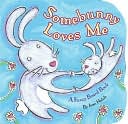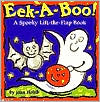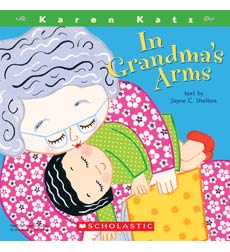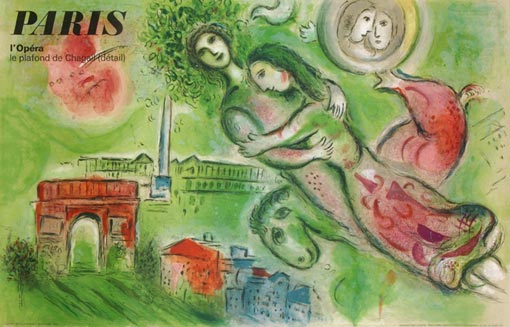





So, recently Joan and I were chatting about the process of board book production. We thought it would be great to share from the author/illustrator's viewpoint what makes the experience excellent. Much of this we gleaned from my recent rocking time with Rotem Moscovich at Scholastic. She's been awesome to work with!
1. Like any submission, it's great to hear back in a reasonable amount of time regarding purchase.
2. During the rewrite process, it's essential that the text to be respected and collaborated on between the author and editor. Changes in text made without author permission can be so deflating.
3. Keeping the author in the loop as the artist is chosen is a nicety.
4. Offering early imagery samples to the author helps the writer grow with the publisher and artist's vision.
5. Requesting and clearing all color changes with the artist prior to printing is greatly appreciated.
6. Providing early copies to both author and illustrator, before the release, aids both parties in celebrations and marketing.
7. Full marketing efforts for the board book are greatly appreciated.
I imagine editors and art directors have mental lists on what makes a good collaboration from their point of view. Anyone want to share? Feel free to comment or email me. I'll collect the input and represent the flipside.
~Lorie Ann Grover, author/illustrator


















